SMC Pentax-FA 31mm F1.8 AL Limited
Sharpness
Sharpness, or the ability to resolve small details, is an important measure of the performance of a lens. Sharp images let the viewer concentrate on the composition, color and light. On the other hand, soft images (except when looking that way on purpose) distract the viewer and decrease the perceived quality of the picture.
The SMC FA 31mm Limited is a premium lens and, as such, expectations are high regarding sharpness. On the other hand, film-era lenses are generally not known for their stellar corner resolution.
There are many ways to evaluate sharpness. Some are quantitative, such as the number of lines per millimeter that can be resolved, while others are comparative, such as using a standardized scene to pit lenses against one another. The latter is the favored method at Pentax Forums.
Test Setup, Star Chart
In order to evaluate sharpness, we photograph a standard test chart (or "star chart") that can be used to compare lenses to one another. The general rule is that the distance from the lens to the test chart must be 100 times the focal length of the lens. For our lens, this means a distance of 3.1 meters.
The test is not designed to show how good a lens can be. Quite the contrary: it is a stress test designed to put the lens at its limits to show where it falls short. The test shows the apertures where the lens performs best, and makes it possible to compare with another lens.
Our test has the star chart put successively at the center, edge and corner of the field of view of the lens, testing all apertures each time.
Resolution is obviously dependent on the sensor used. For this test, we used both of Pentax's current top-of-the-line sensors: the K-1's full frame 36 MP and the K-3 's APS-C 24 MP.
New Pentax DSLR bodies include the ability to disable anti-aliasing, a very useful feature allowing higher resolutions to be reached. However, the nature of our sharpness test and the pattern of the test chart mean that, with anti-aliasing totally disabled, moiré is likely to appear. In order to strike the best balance between sharpness and moiré reduction, the anti-aliasing simulators were activated and set at the "Low" setting.
Test Results at 31mm on APS-C
The following images showcase the results at all apertures on APS-C. Focusing was performed by using focus peaking in live view. It was corrected after each lens movement. You can click on images to see full resolution crops.
Center | Edge | Corner | |
F1.8 | 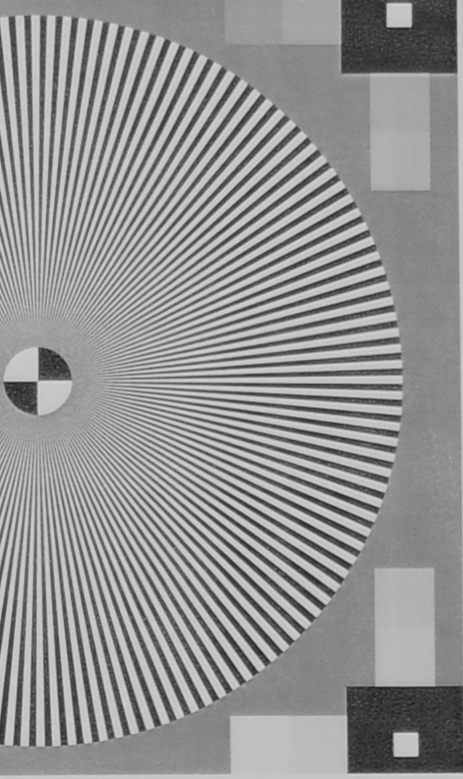 | 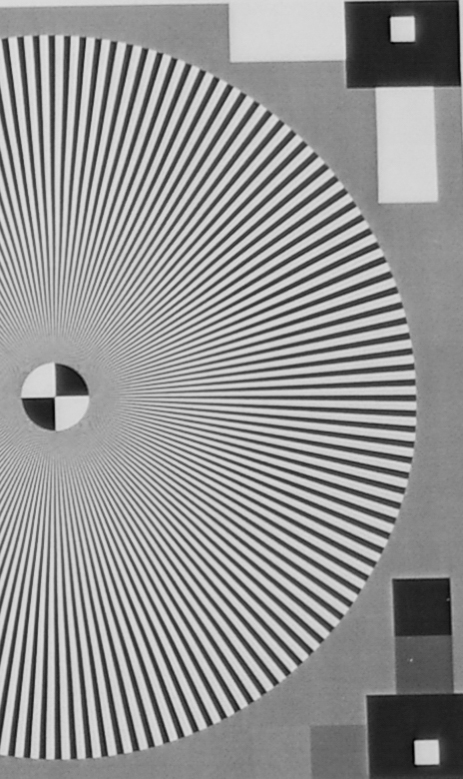 | 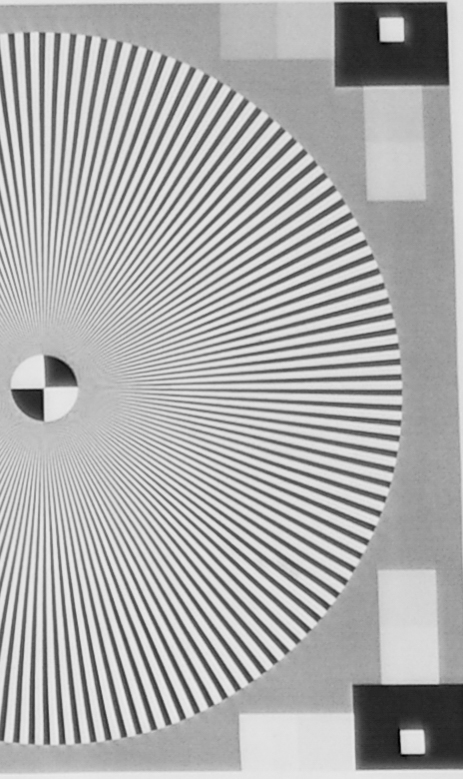 |
F2 | 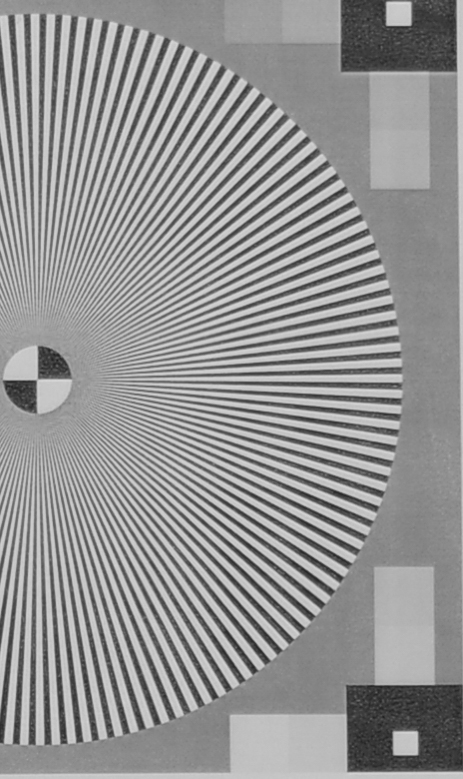 | 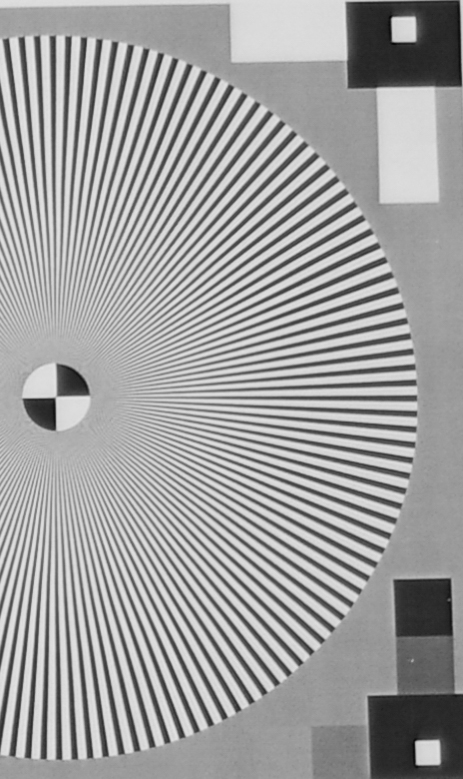 | 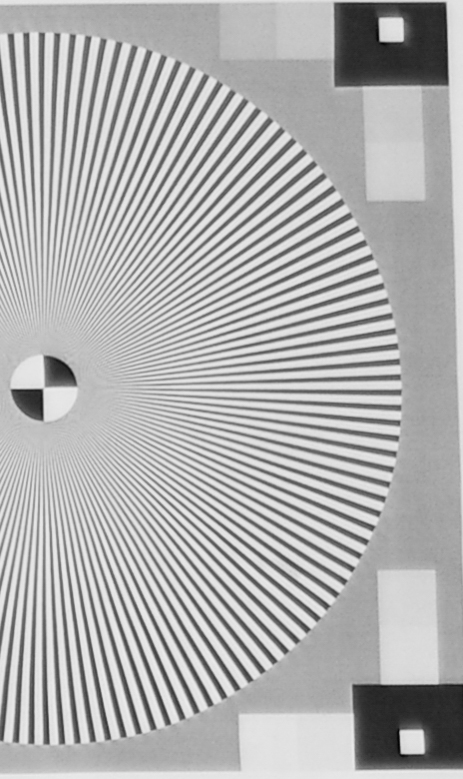 |
F2.8 | 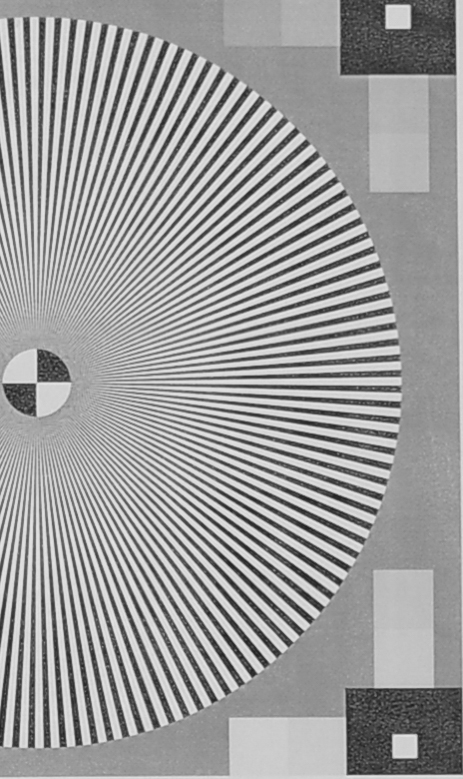 | 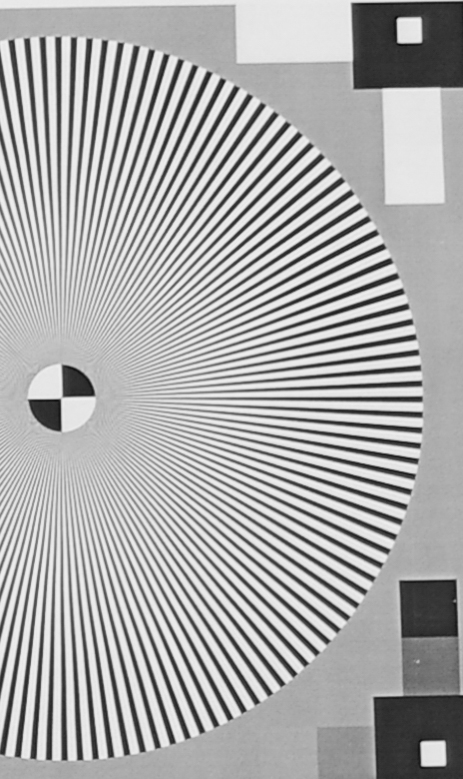 | 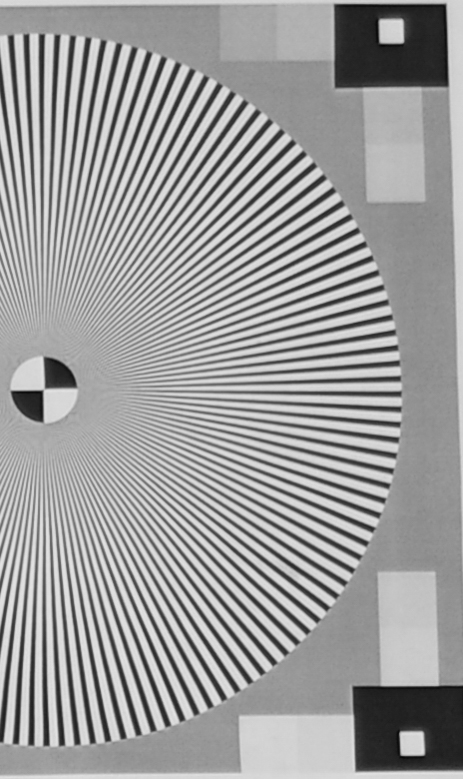 |
F4 | 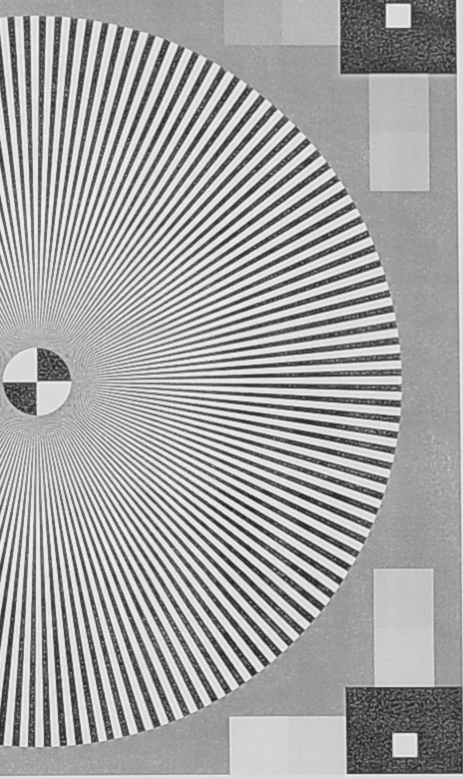 | 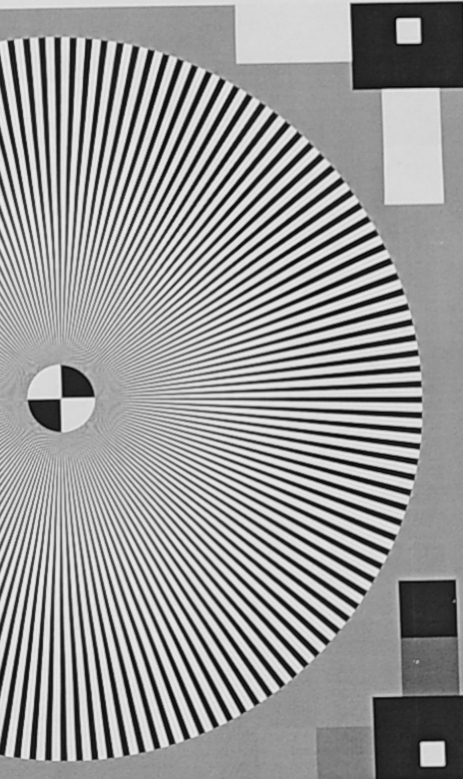 | 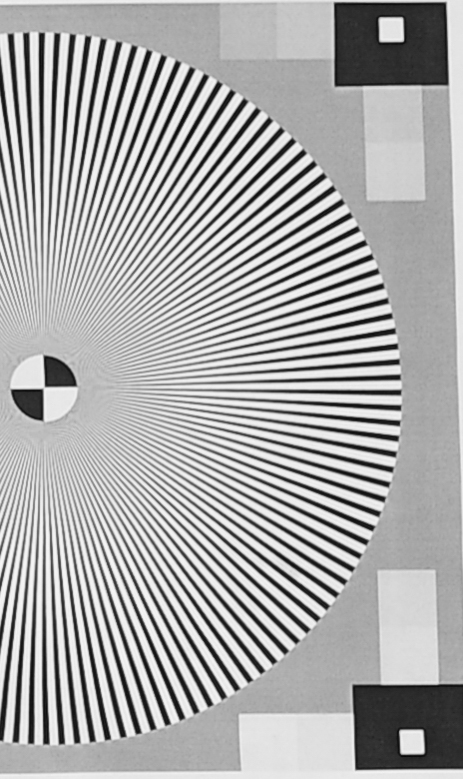 |
F5.6 | 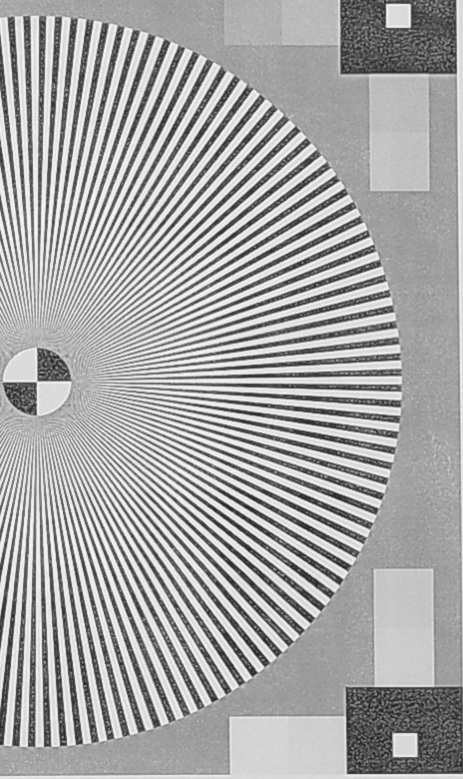 | 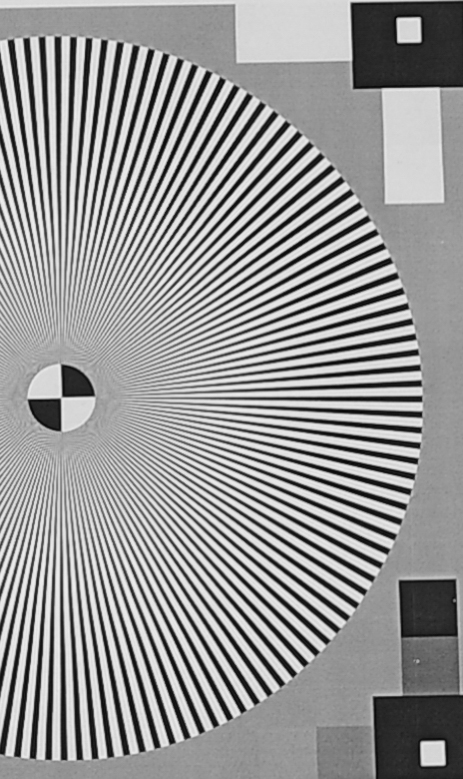 | 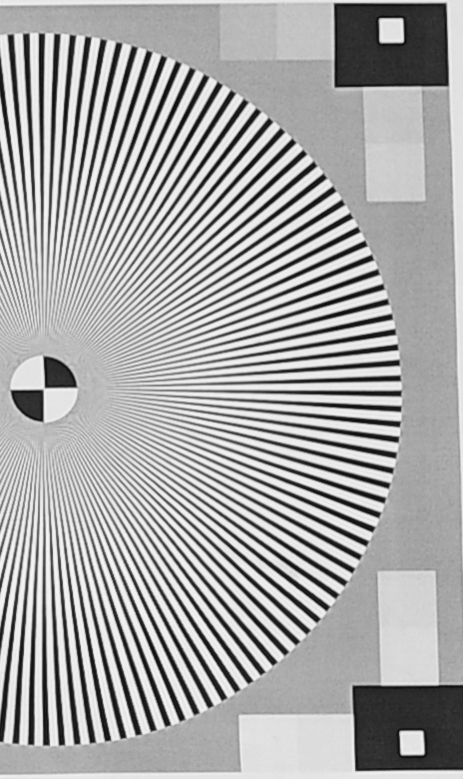 |
F8 | 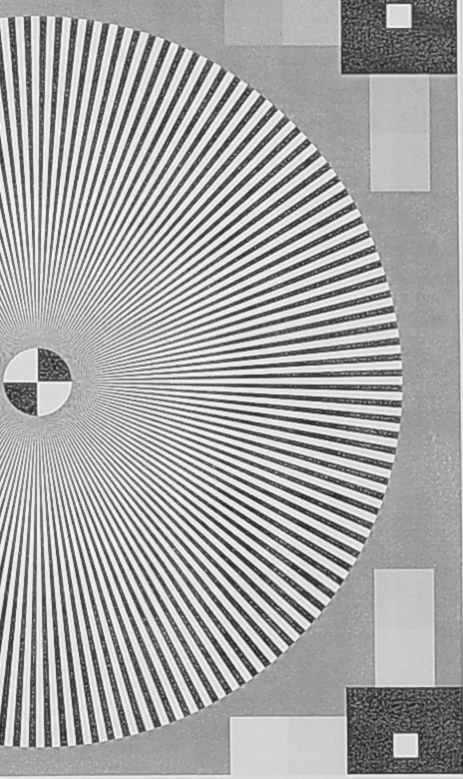 | 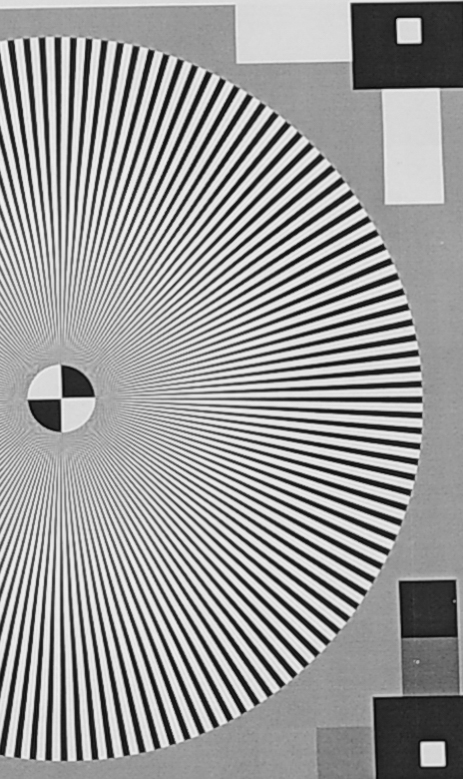 | 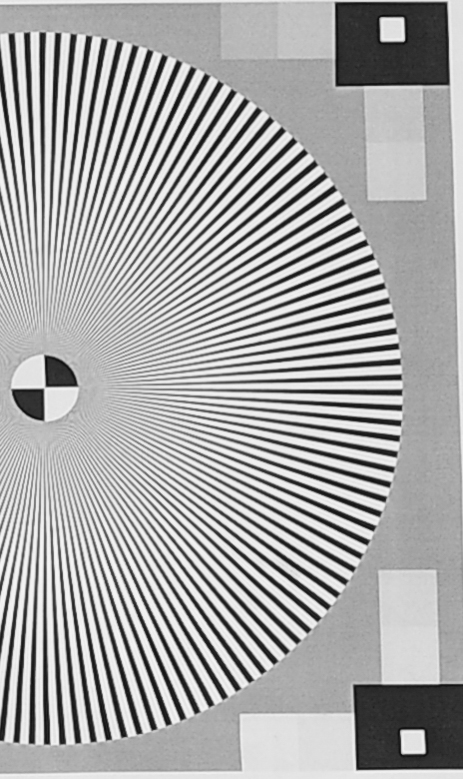 |
F11 | 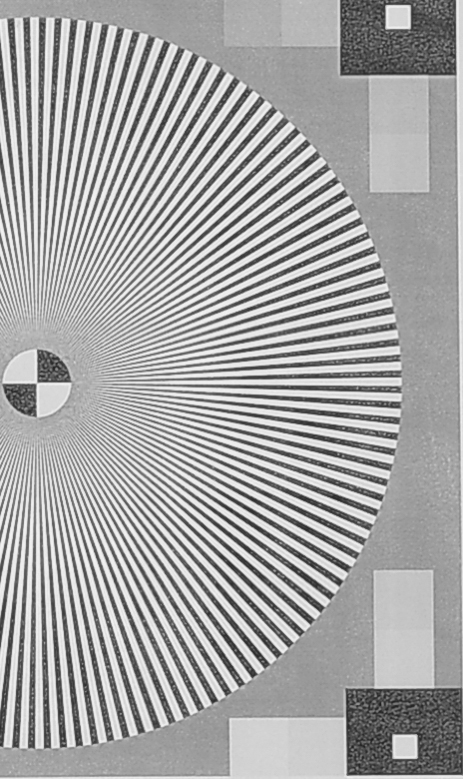 | 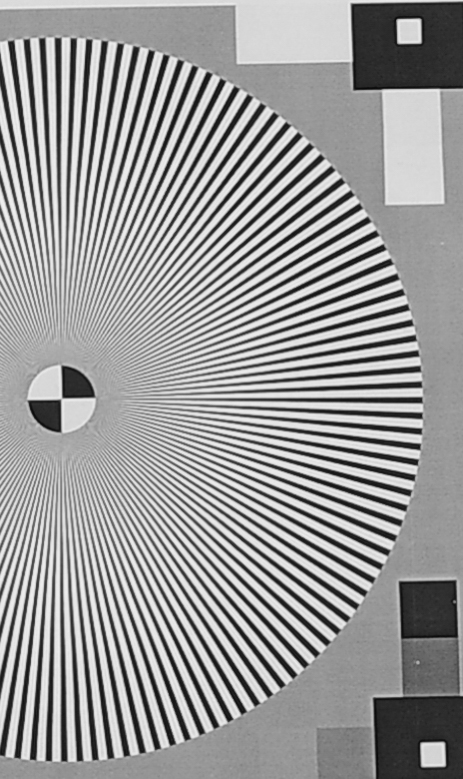 | 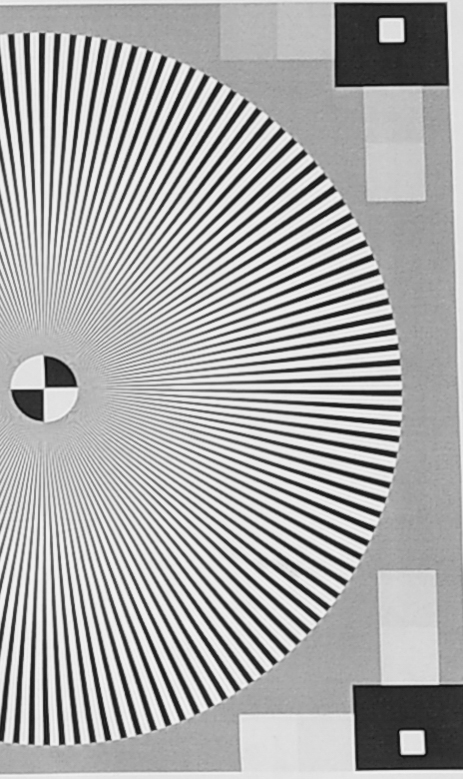 |
F16 | 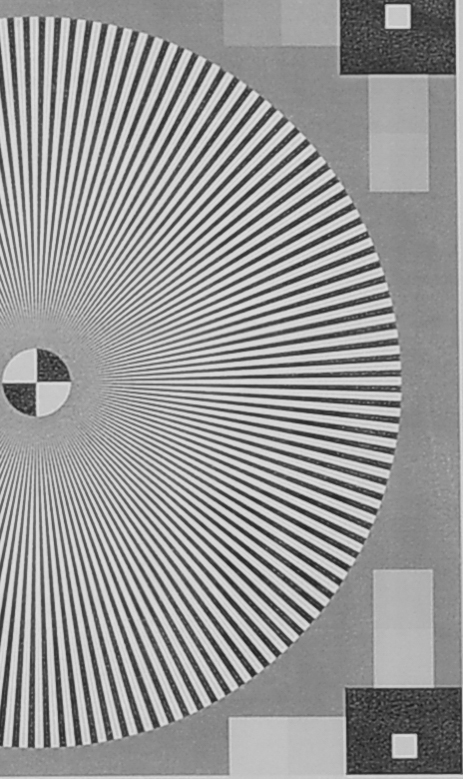 | 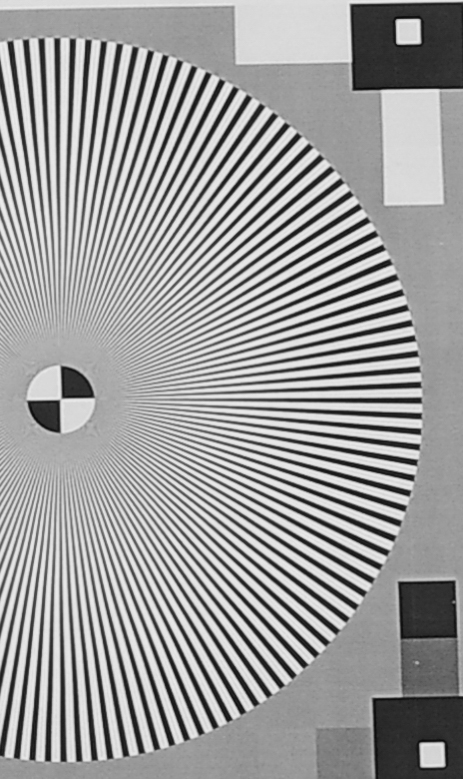 | 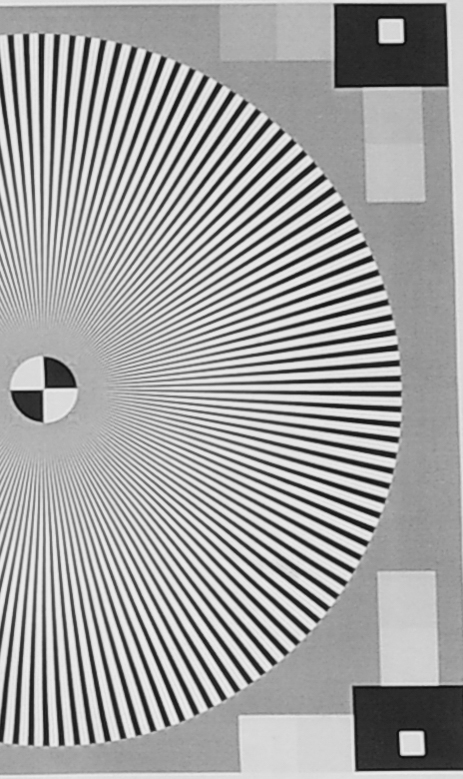 |
F22 | 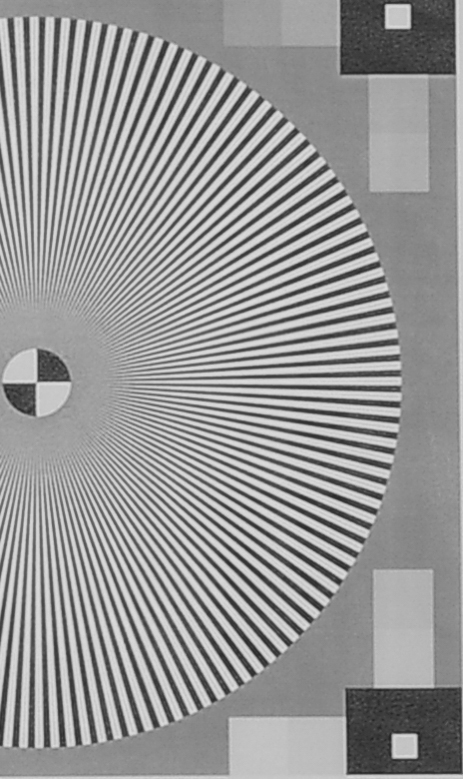 | 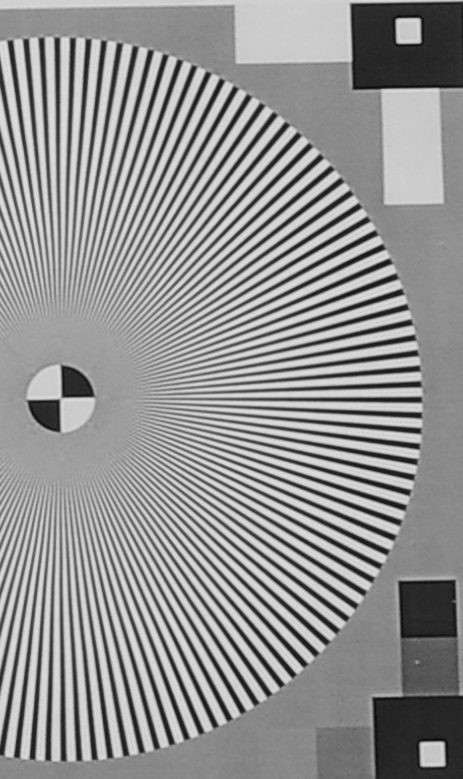 | 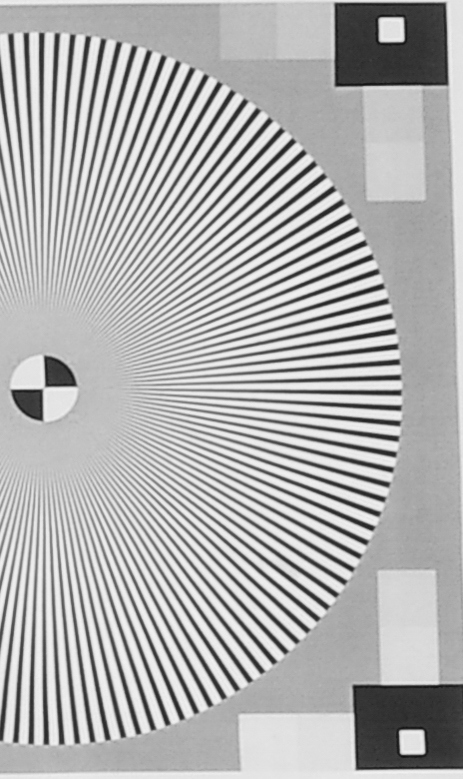 |
Even at F1.8, center sharpness is already very good on the K-3's high resolution sensor. Edges are not quite as sharp but better than expected, and corners show a bit more softness. Closing the aperture by a third of a stop, to F2, improves results across the frame. By F4, sharpness is relatively uniform, even in the corners. By this point onward, resolution peaks but remains impressively high even up to F16. F22 shows a small decrease in sharpness, especially in the corners, but many times better than what is usual.
It's hard to do better than this.
Test Results at 31mm on full frame
The following images showcase the results at all apertures on full frame. Focusing was performed by using focus peaking in live view. It was corrected after each lens movement. You can click on images to see full resolution crops.
Center | Edge | Corner | |
F1.8 | 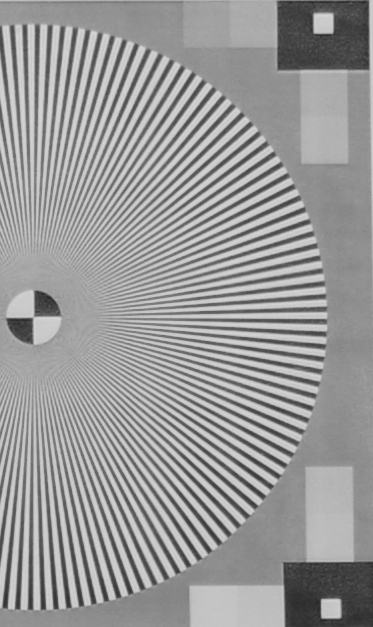 | 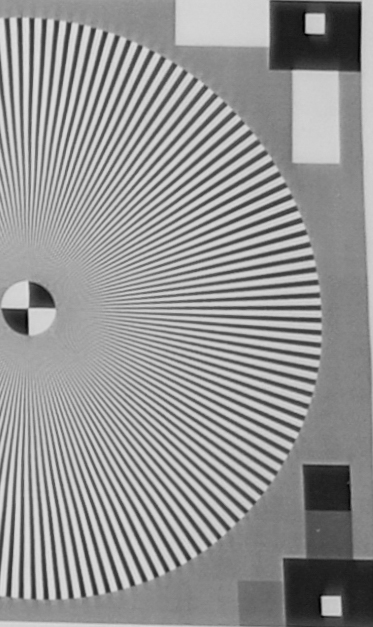 | 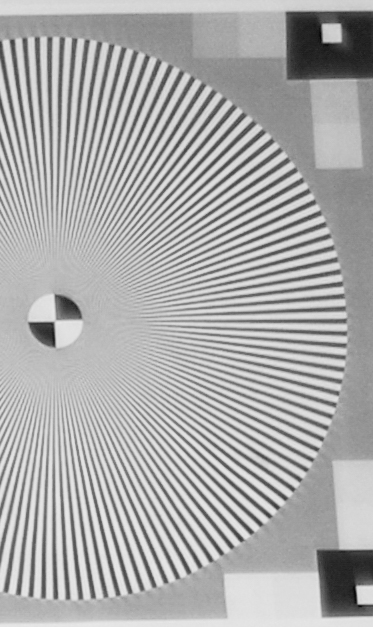 |
F2 | 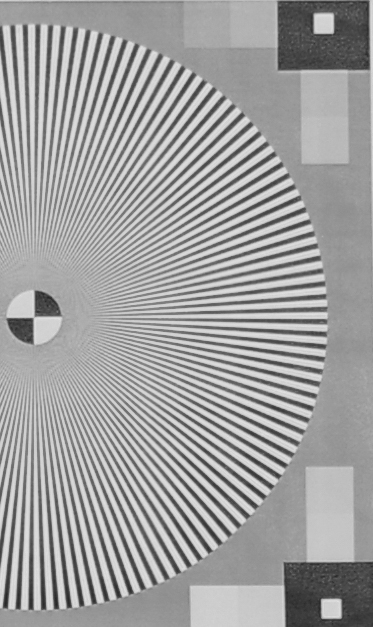 | 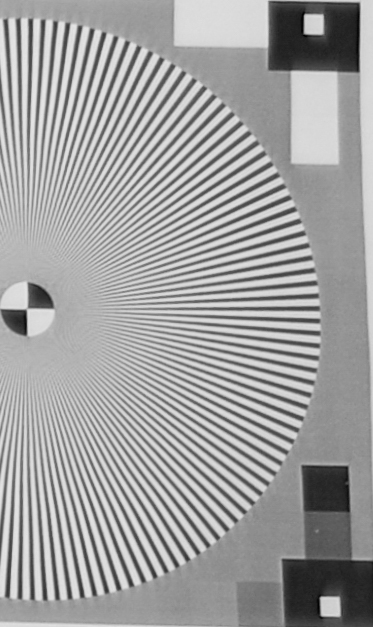 | 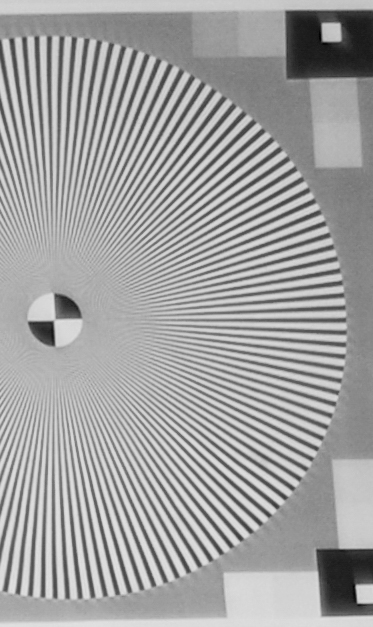 |
F2.8 | 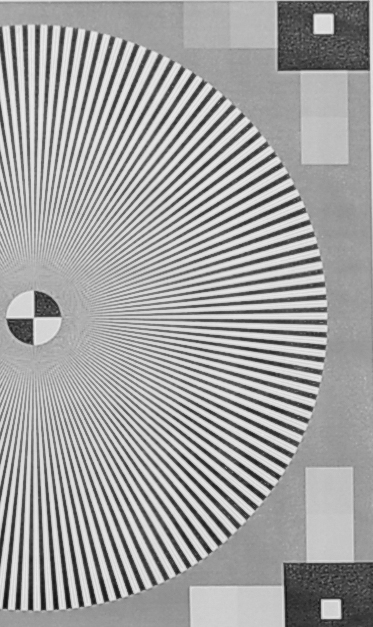 | 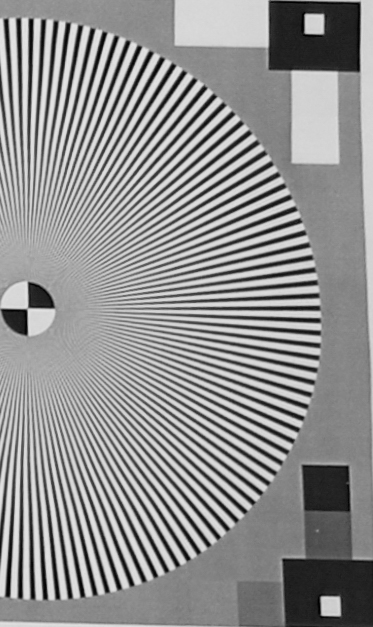 | 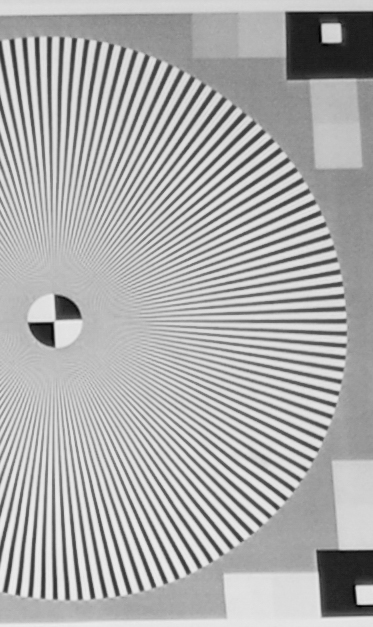 |
F4 | 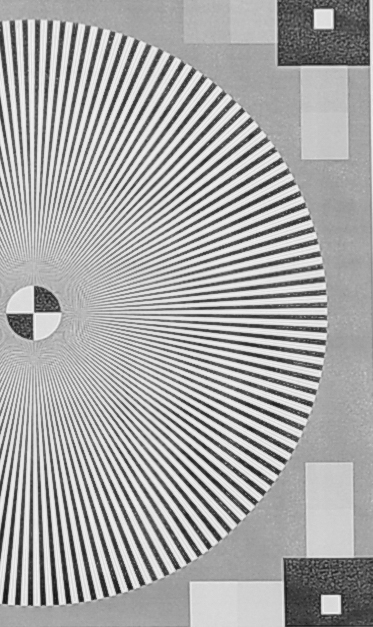 | 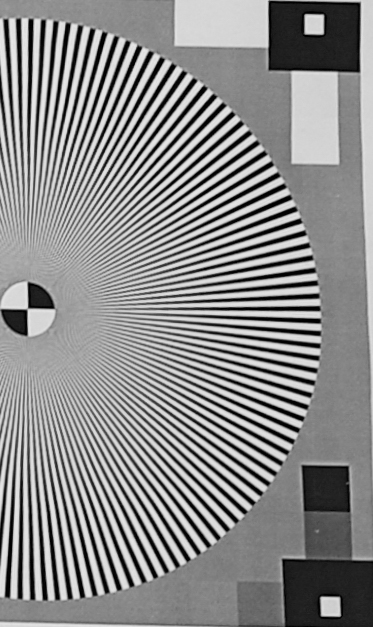 | 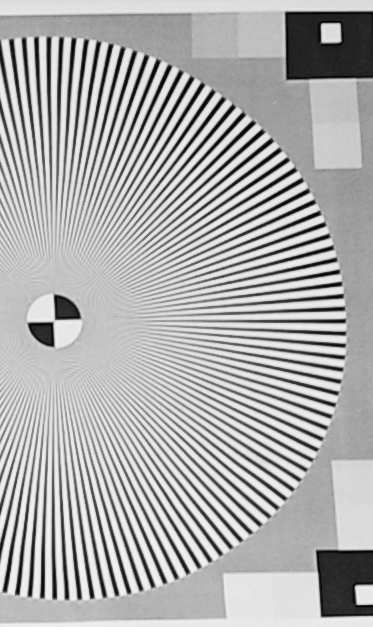 |
F5.6 | 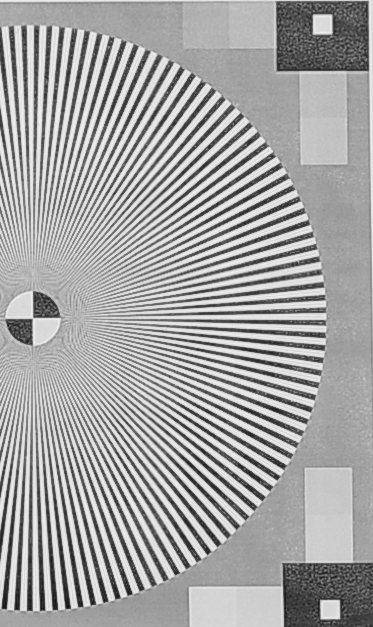 | 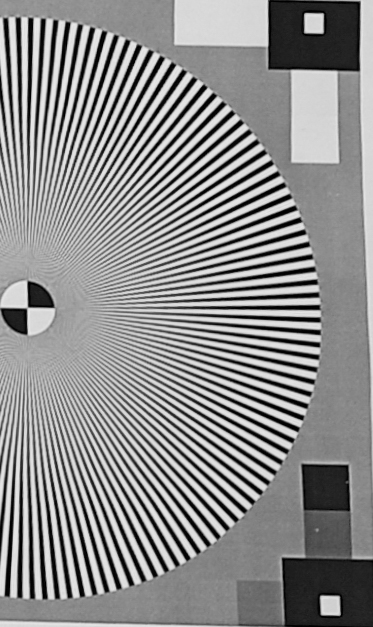 | 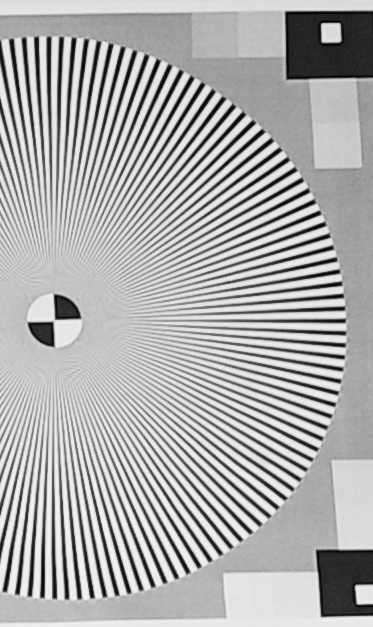 |
F8 | 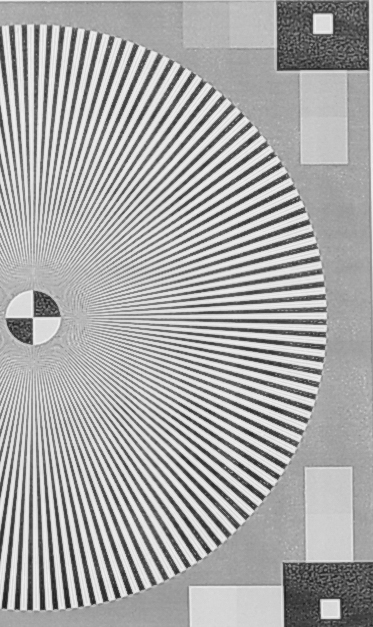 | 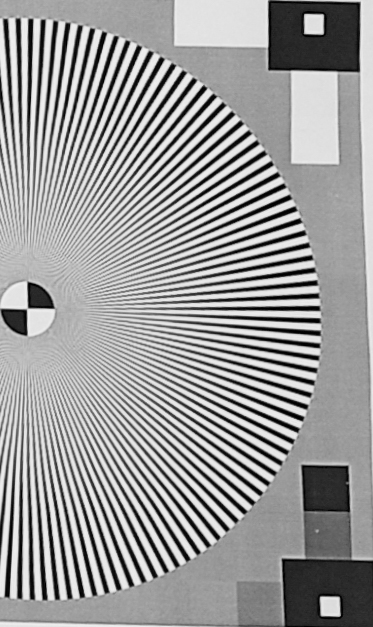 | 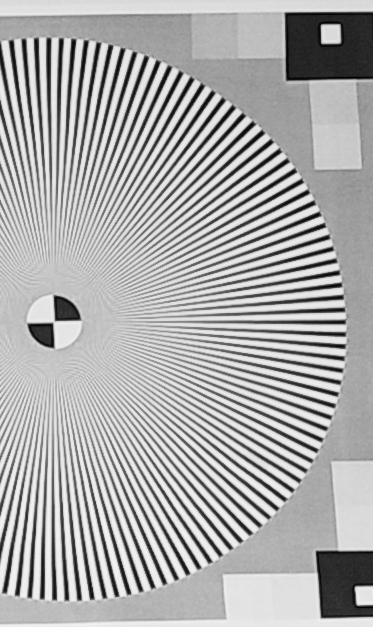 |
F11 | 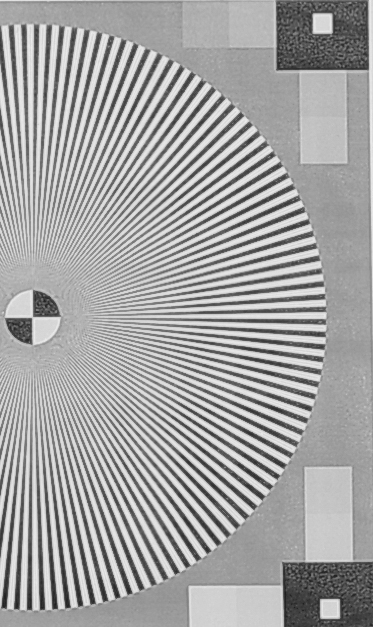 | 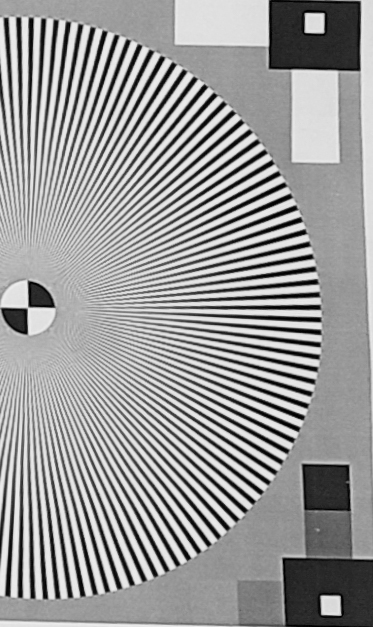 | 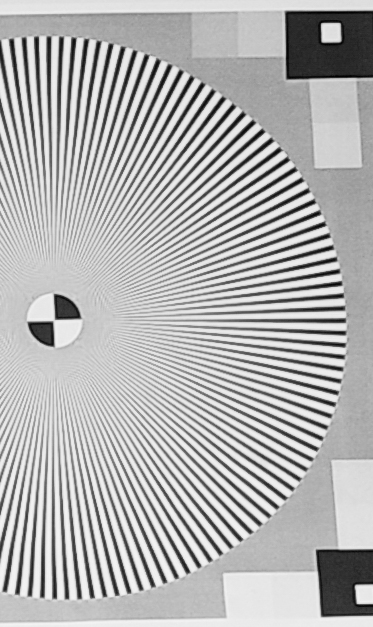 |
F16 | 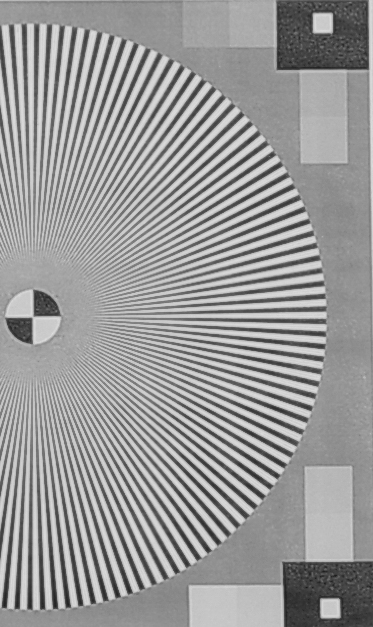 | 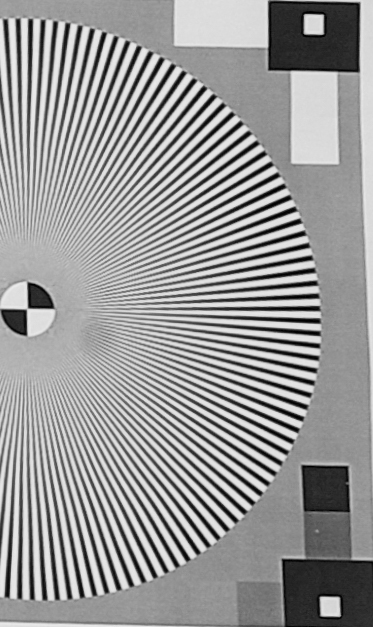 | 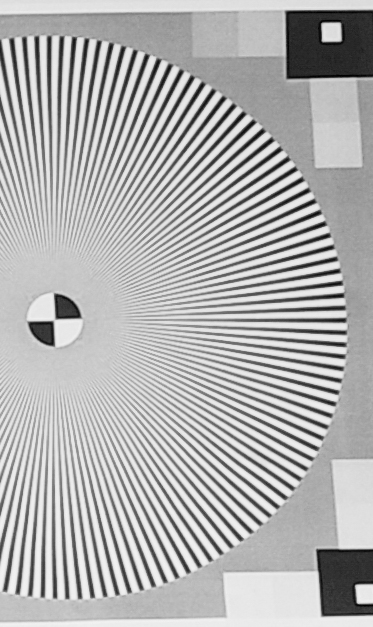 |
F22 | 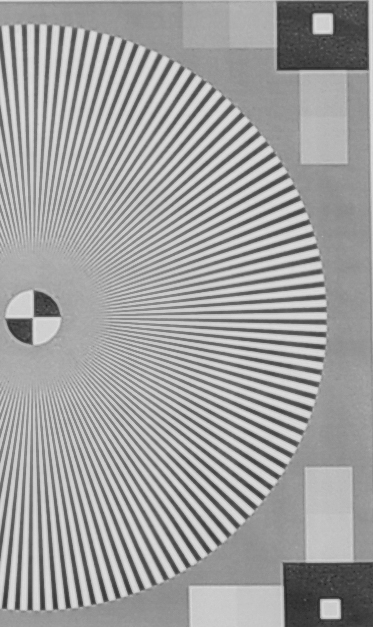 | 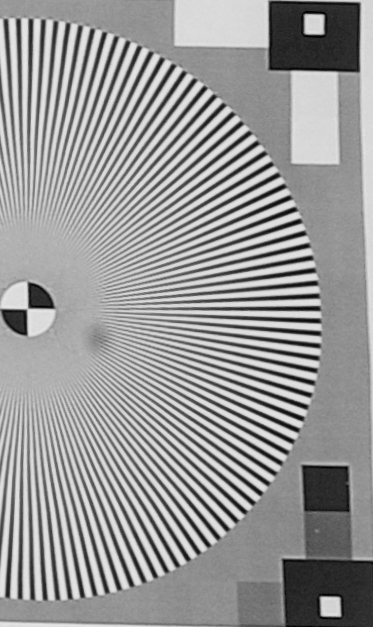 | 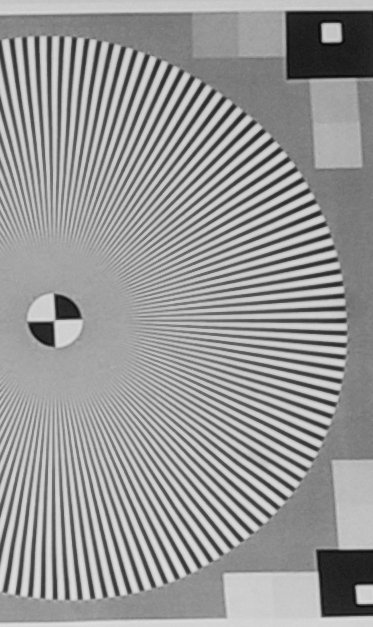 |
Our findings on full frame are almost identical to APS-C. The only difference is that the edges and corners are never quite similar to the center, there's always a small decrease in absolute resolution. It is not dramatic and is likely to have no significant impact in everyday shooting.
By F4 every position has more or less peaked, and remains excellent until F16 where the first decrease in sharpness is observed. Even so, F16 and F22 can be used with confidence whenever needed.
Summary
The FA 31mm's resolution figures are impressive, to say the least. Center sharpness wide open is already better than many other lenses at their peak. Edges and corners reach maximum sharpness around F4, but are usable at all apertures, especially on APS-C.
The absolute resolution that this lens can deliver, coupled with its evenness across the frame, make it one of the best we have ever tested.


